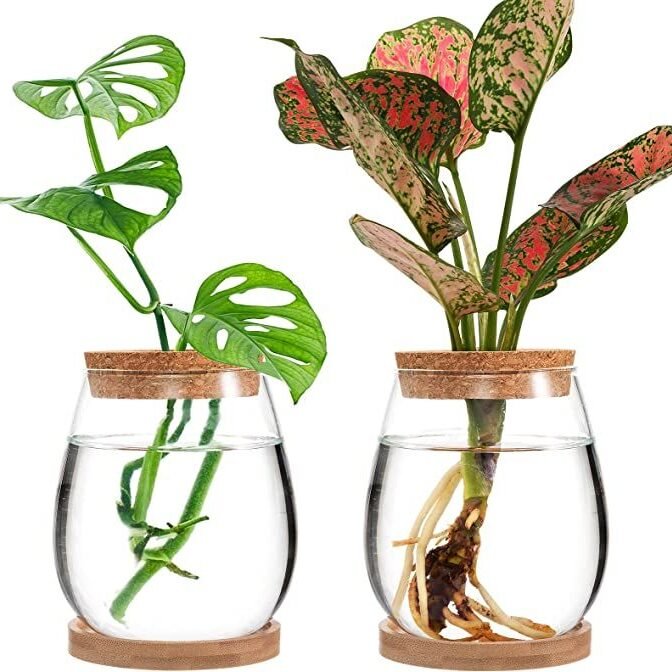Plants
Plants are living organisms that belong to the kingdom Plantae and are essential to life on Earth. They play a crucial role in ecosystems, providing oxygen, food, and habitat for other organisms. Here’s an overview of key aspects of plants:
Characteristics of Plants:
- Photosynthesis: Most plants use sunlight, carbon dioxide, and water to produce their food through photosynthesis, releasing oxygen as a byproduct. This process occurs in chloroplasts, which contain chlorophyll, the pigment that gives plants their green color.
- Cell Structure: Plant cells have unique structures, including cell walls made of cellulose, chloroplasts for photosynthesis, and large central vacuoles for storage and maintaining cell rigidity.
- Reproduction: Plants can reproduce sexually through seeds (flowering plants and gymnosperms) or asexually through methods like cuttings, runners, or tubers. Many plants have developed specific adaptations to attract pollinators for reproduction.
- Growth: Plants exhibit continuous growth throughout their lives, with two main types of growth:
- Primary Growth: Increases the length of stems and roots.
- Secondary Growth: Increases the thickness of stems and roots, primarily in woody plants.
Importance of Plants:
- Oxygen Production: Through photosynthesis, plants are a primary source of oxygen, which is essential for the survival of most living organisms.
- Food Source: Plants form the base of the food chain; they provide food for herbivores, which in turn are food for carnivores.
- Habitat: Plants provide shelter and habitat for numerous species, contributing to biodiversity.
- Soil Health: Plant roots help prevent soil erosion and contribute to soil fertility through organic matter.
- Climate Regulation: Plants play a role in regulating the Earth’s climate by absorbing carbon dioxide and releasing oxygen.




Reviews
Clear filtersThere are no reviews yet.